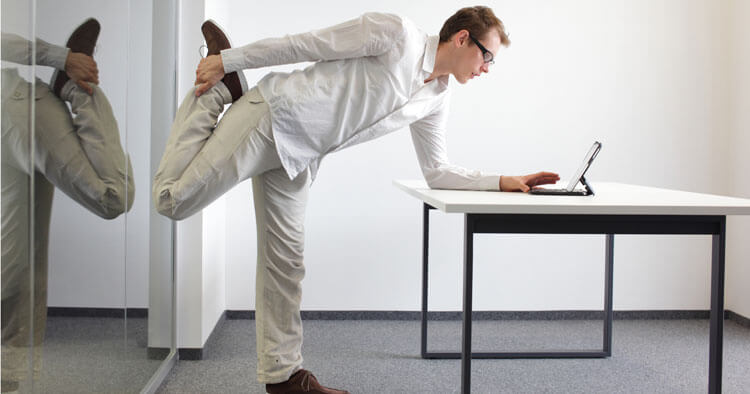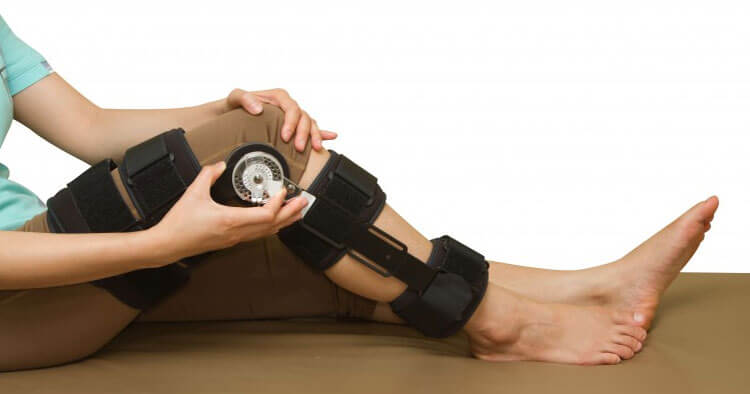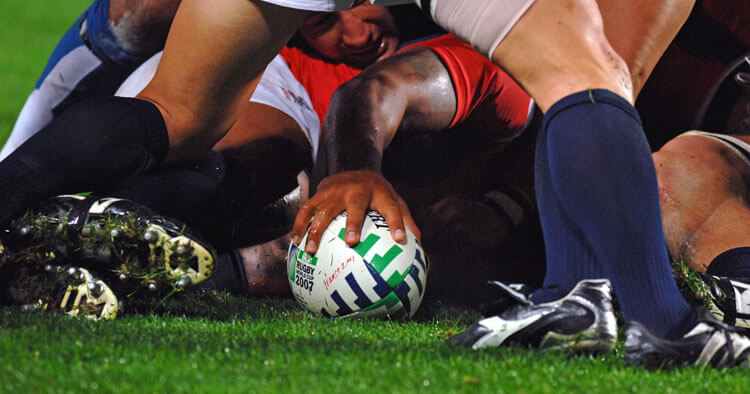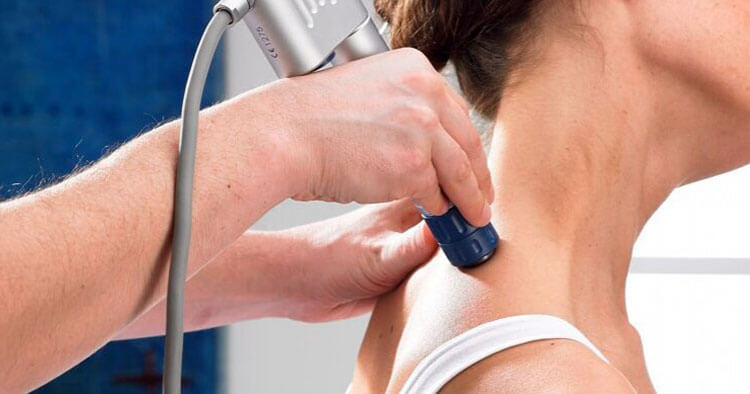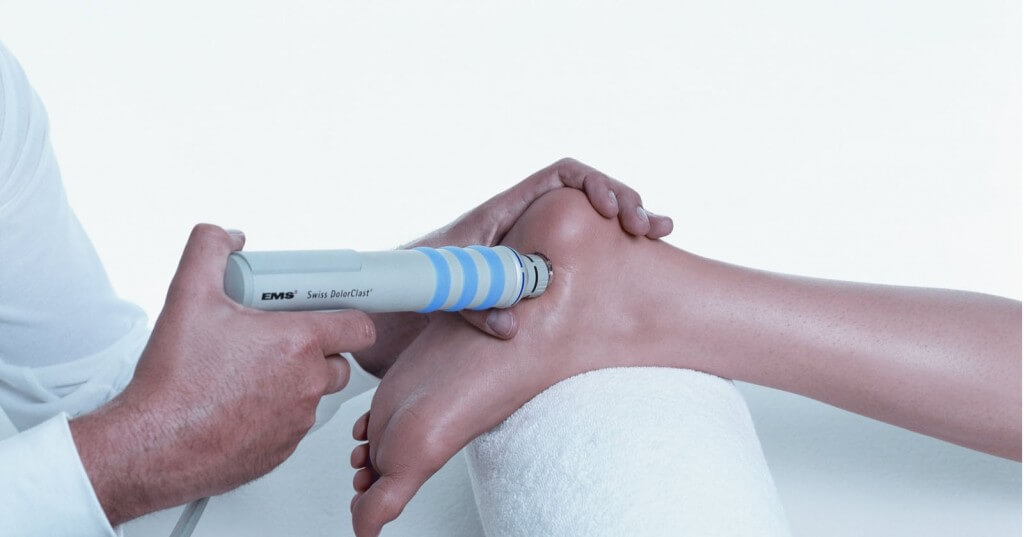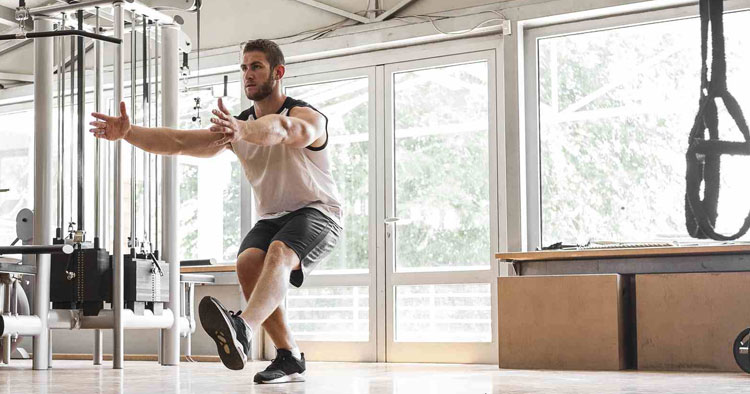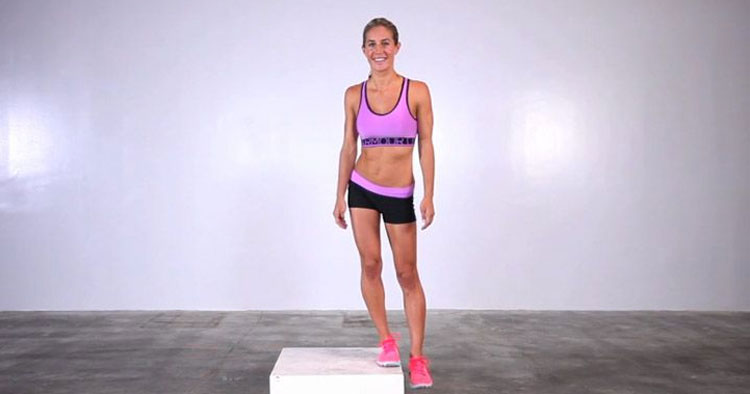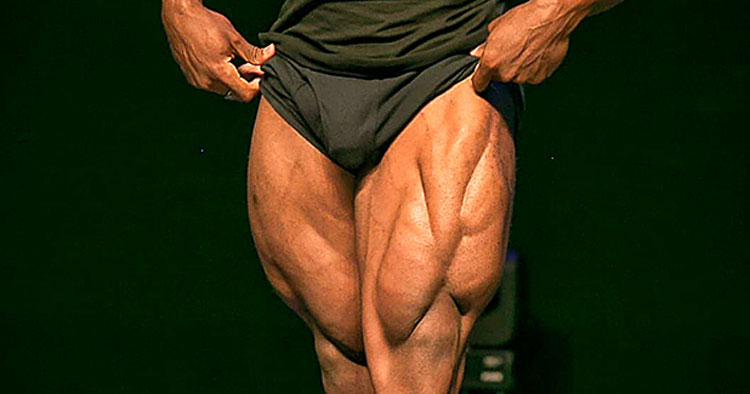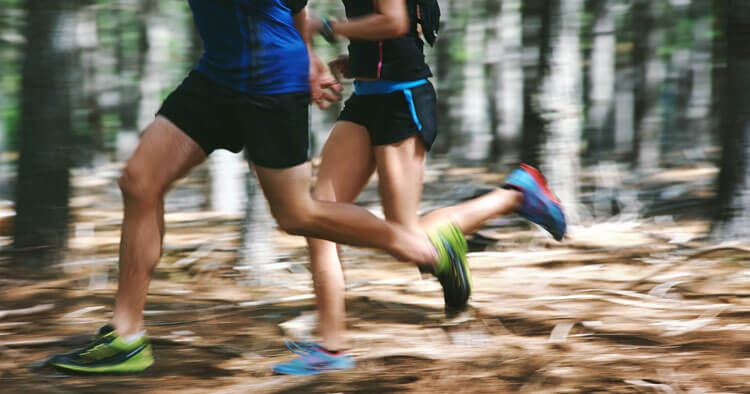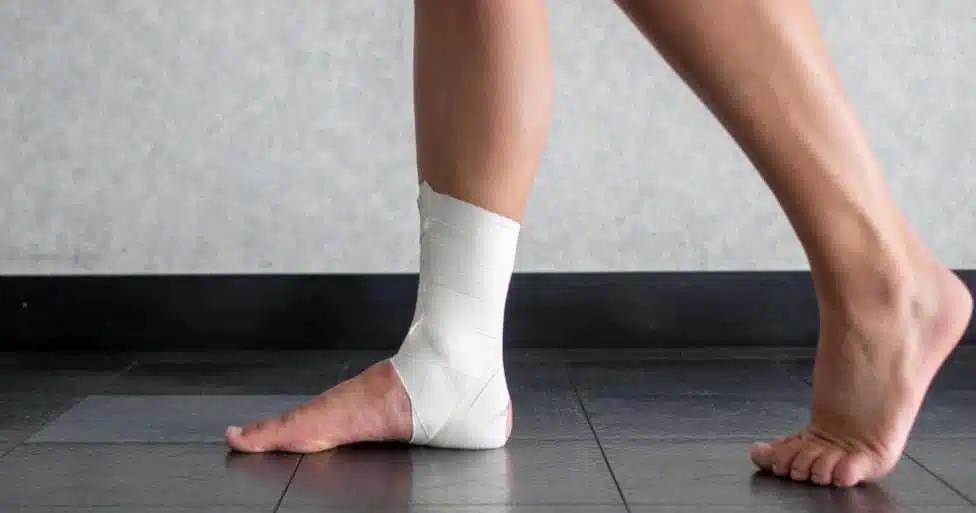Using Standing Desks To Increase Life Expectancy The American Cancer Society released research statistics indicating people sitting more than six hours a day have a higher death rate. It is easy to see why sitting is labeled as the new smoking. Couple this with other studies finding similar results, where active people exercising for at… Read More >
Category Archives: Injury Rehabilitation and Training
Following acute trauma to the knee, assessment can prove difficult. An acute MCL injury is often painful and there may be swelling, as well as a loss of motion. These things make grading injury severity and treatment planning challenging.
Acromioclavicular Joint Sprain: The Sporting Shoulder Injury Injuries to the Acromioclavicular joint make up almost half of all sporting shoulder injuries. An acromioclavicular joint sprain, often referred to as the AC jt, is an injury typically the result of direct impact to the shoulder. This includes, but is not limited to a fall, or tackle…. Read More >
How Does Shockwave Treatment Achieve Results? One principle behind how shockwave treatment (ESWT) achieves great results, is through the generated high pressured acoustic shockwaves travelling through the skin, inducing microtrauma to the targeted tissue. This microtrauma stimulates a healing response in the body. A response which can involve blood vessel formation, improved metabolism, increased nutrient… Read More >
Shockwave Therapy At Sydney Physio Clinic At Sydney Physio Clinic we are pleased to be able offer our patients access to radial shockwave therapy. Shockwave therapy (also referred to as ESWT) is a relatively new tool used in the fight against many chronic musculoskeletal conditions. An effective tool in the conservative treatment of soft tissue… Read More >
Strengthen Your Vastus Medialis To Help Manage Knee Pain The vastus medialis muscle is a part of your quadriceps muscle group. Vastus medialis often referred to as vastus medialis oblique, or the VMO for short. A relatively small muscle that helps stabilise the kneecap. Commonly regarded as a significant player in the fight against knee… Read More >
Isolation And Activation Before Function A simple approach with exercises for Trendelenburg gait is to start addressing the issue with isolated strengthening exercises. This can help enable the individual to be aware of which muscles they are wanting to “engage”. Once muscle activation can be isolated in a controlled environment, knowing where and what activation… Read More >
Vastus Medialis Oblique The Most Famous Quadriceps Muscle Vastus Medialis Oblique, VMO for short makes up part of the quadriceps muscles. A group of muscles positioned at the front of the thigh. Specifically the vastus medialis sits medially, on the inside of the thigh. Combined with the three other quadriceps muscles, its primary function is… Read More >
Return To Running Program Rehabilitation of an injury requires returning the individual to pre-injury activity levels. Achieving this frequently involves a return to running. Below is a simple outline I use in my clinic for returning patents running. Where running is an important component of their training, sport (and life). Obviously this is not a… Read More >
Does Ankle Taping Increase The Injury Risk To Adjacent Areas? Taping your ankle can provide support and stability and is used specifically in physical activities or sports that involves uneven surfaces, rapid changes of direction, jumping and landing, and physical contact with opposition. Useful in protecting the ankle joint, preventing injury to the ankle and… Read More >


